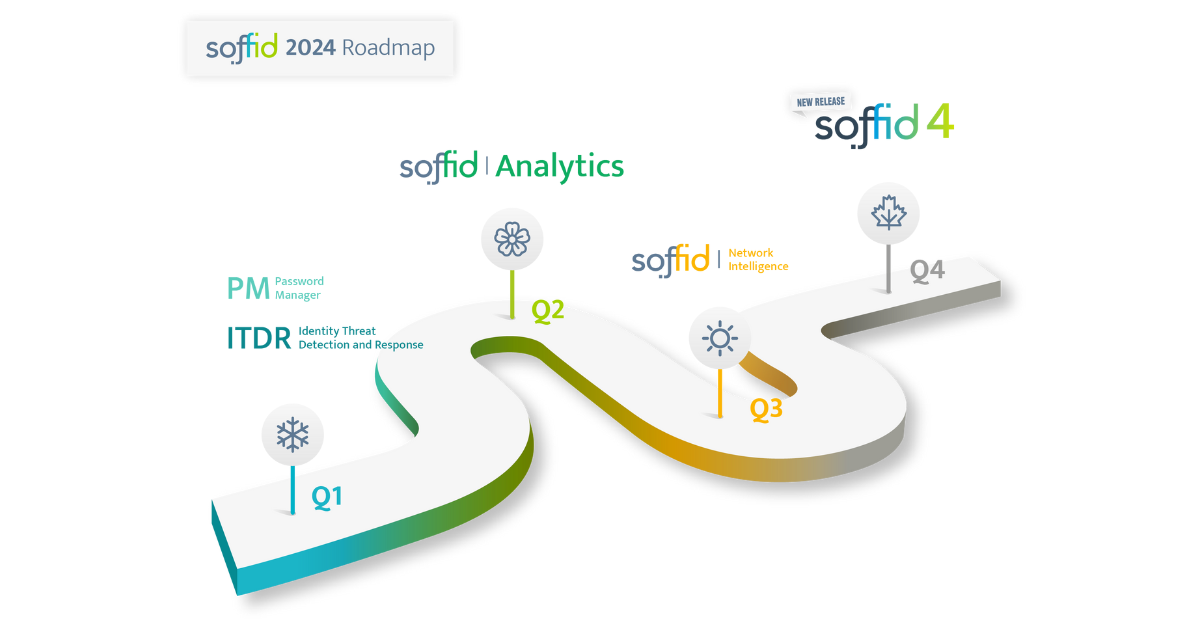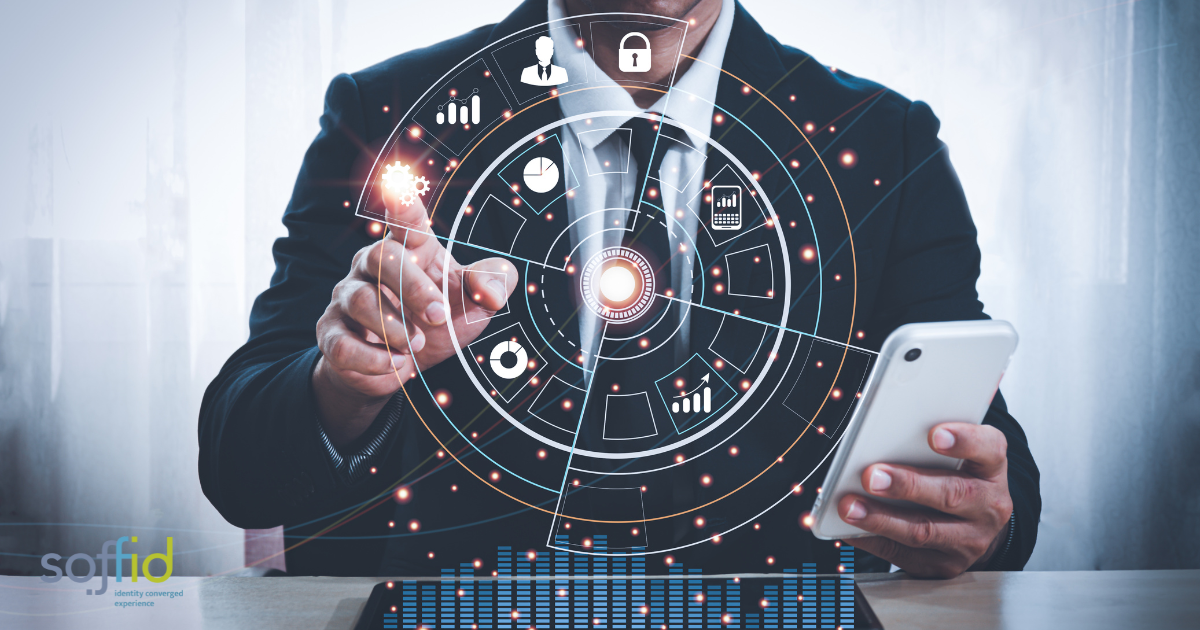With so much of our personal information available online, criminals no longer need to go through our trash cans for important documents. For this reason it is essential to protect your digital identity.
For many years, destructive attacks have been studied and documented. Especially those that are done for financial reasons where cybercriminals demand payment to decrypt the data and restore access.
Yet despite attempts to stop this threat, ransomware continues to impact organizations across all industries. Additionally, it significantly disrupts business processes and critical national infrastructure services and leaves many organizations looking for better protection.
Organizations that continue to rely on legacy systems are especially vulnerable to ransomware threats. As these systems may not be regularly patched and maintained.
Key ransomware prevention and mitigation considerations for business and IT leaders
As you plan for a comprehensive defense posture against ransomware threats, here are some key questions to consider:
- How are you defending your organization’s data, systems and employees against malware?
- Are your organization’s systems up to date and patched continuously?
- Are you watching for data exfiltration or other irregularities?
- What is your comprehensive zero trust approach, especially strongly authenticating my employees when they access information?
- Are you taking the right back ups to high assurance immutable locations and testing that they are working properly? This should include testing that does a periodic restore of key assets and data.
- What drills are you conducting to battle-test your organization’s risk management and response to cyber events or incidents?
How cyber security can protect your digital identity
Every time you do something actionable online, like access your social media or sign up for an email subscription, your digital identity grows. This information says a lot about you, so protecting it is crucial.
In the digital age, it’s nearly impossible to avoid having your personal information online. This makes it critical to protect your digital identity. By watching out for phishing scams, protecting your information and securing your accounts, you can stay cyber safe and help defend yourself against digital identity theft.
The use of a secure and robust digital identification system that is capable of protecting privacy is an essential, reliable and user-friendly element for a strong cyber resilience strategy and is a source of new business opportunities and applications for banks, private sector with a return on their investment.
Convergence
Traditional approaches to IAM, which reflect an era when devices were centrally managed and business applications resided behind the enterprise firewall, are becoming increasingly anachronistic. In a post-COVID, post-perimeter world, identity has become the first line of defense. The inevitable result of this trend will be the convergence of identity and risk.
Conventional IAM architectures have relied primarily on the ability to authenticate user credentials to a directory store and grant fine-grained access to business applications on the basis of statically assigned privileges, regardless of any inherent risk posed by a user. This model no longer reflects an IT landscape in which a mobile workforce can use unmanaged smart devices from anywhere in the world to access sensitive data in cloud-hosted business applications.
The new proposal for IAM solutions, as Soffid are, need the ability to evaluate inherent and contextual risk when granting access to sensitive data and applications.
Picture: Foto de malware creado por DCStudio – www.freepik.es
Sources:
(1) Security magazine
(2) Forbes
(3) getcybersafe.gc.ca
(4) securityboulevard





